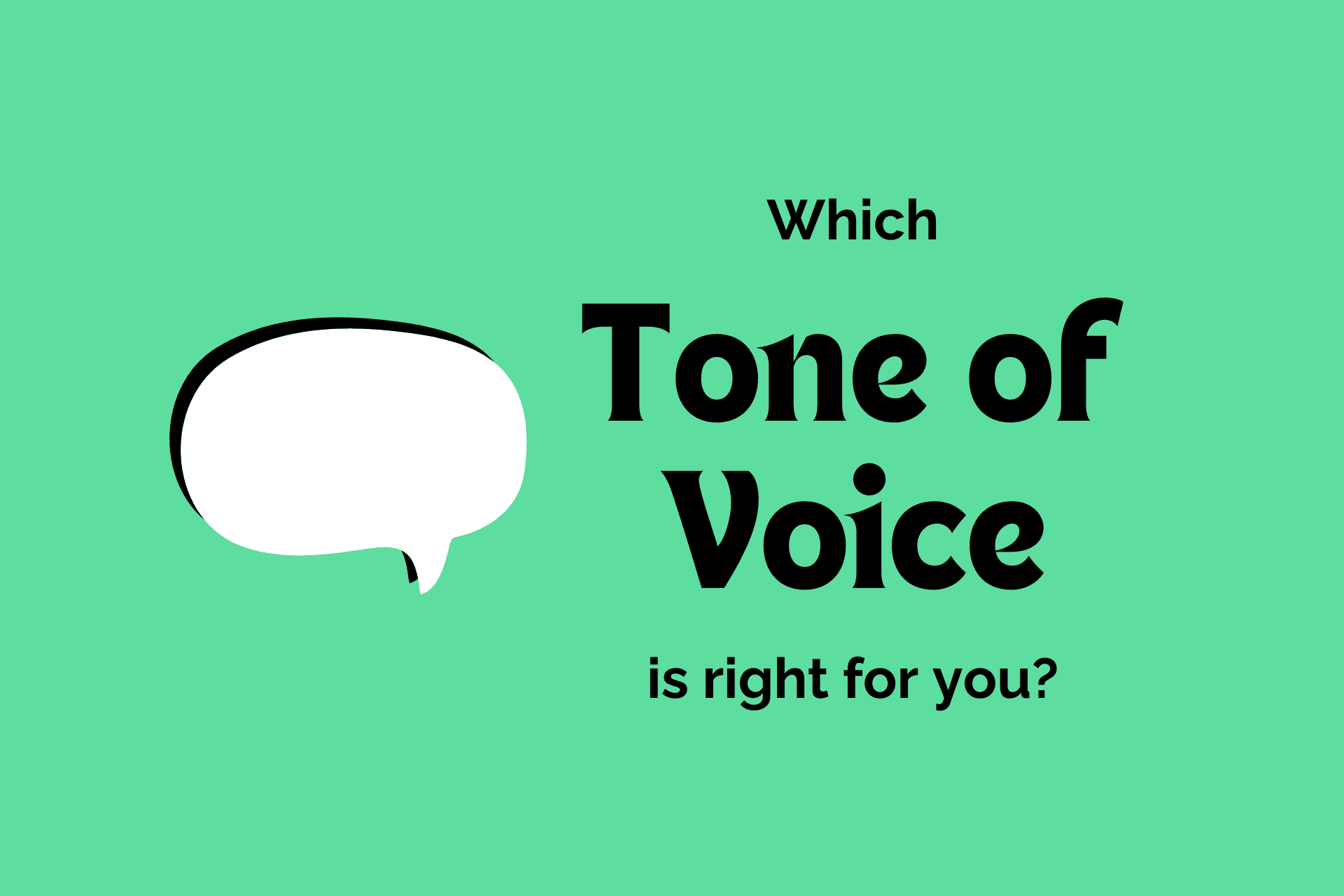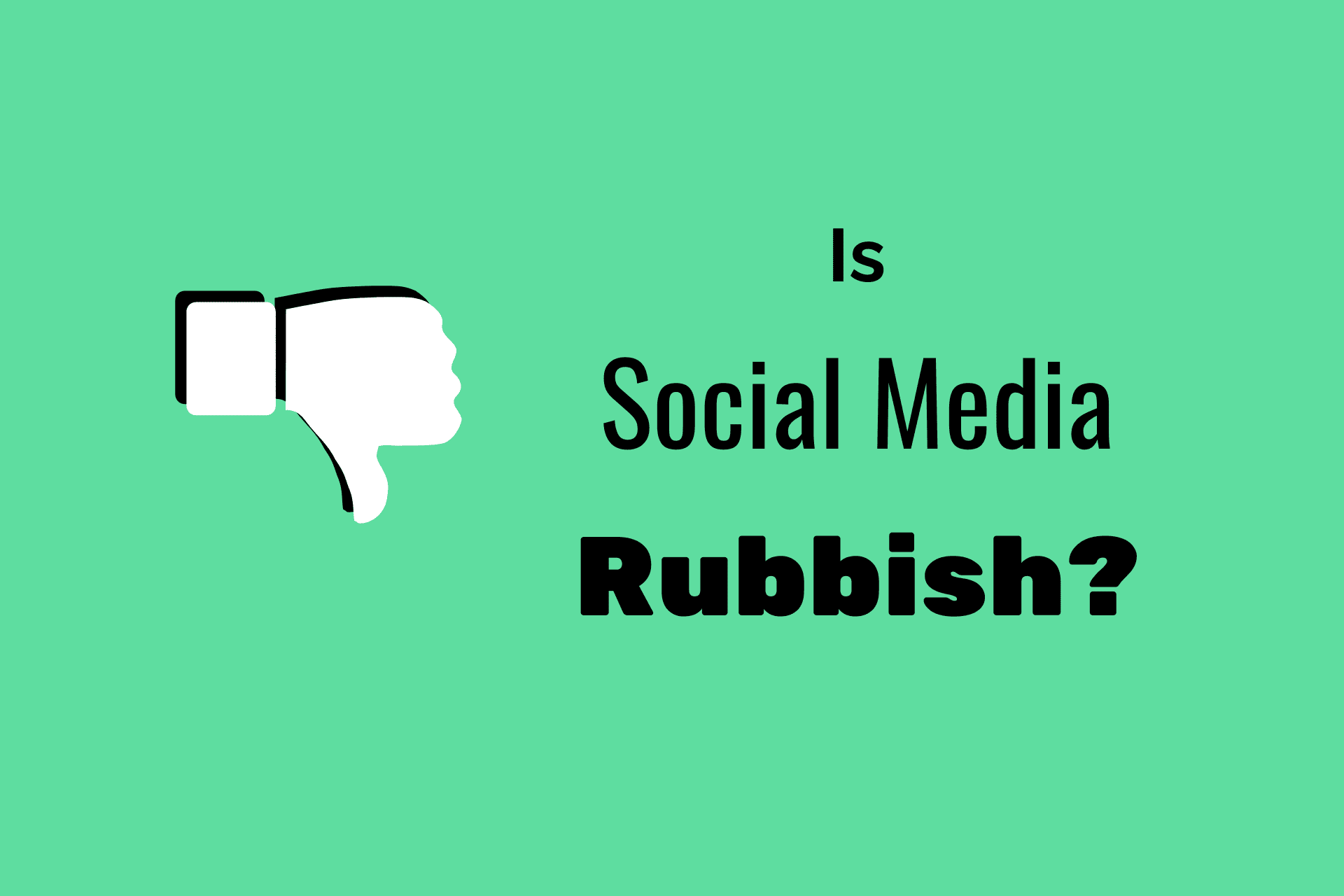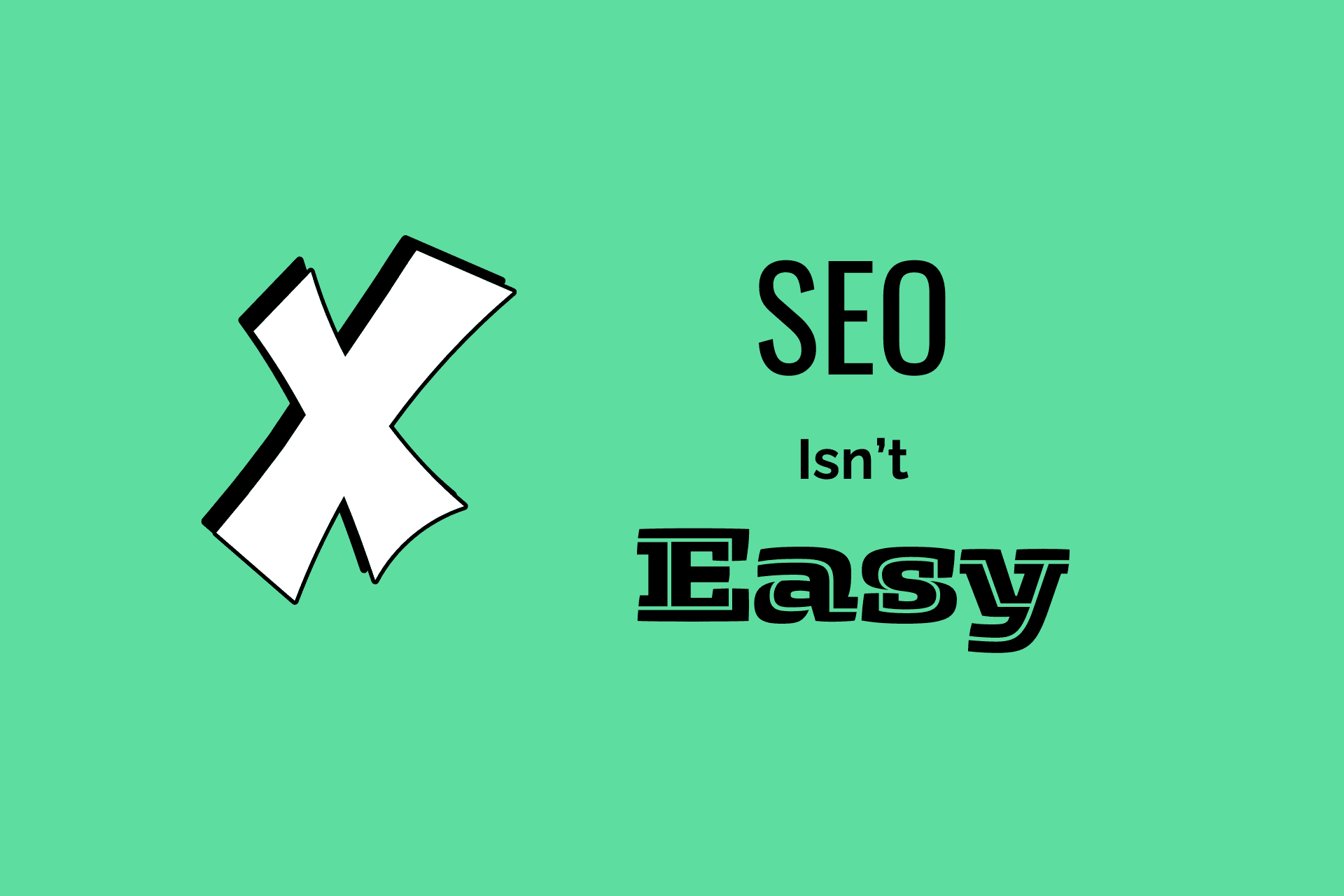Giving your designer feedback is one of the trickier aspects of a marketing project. You’ve been given a new logo design or a new set of brand guidelines or a new website and maybe it’s not quite what you had envisaged or it’s just missed the mark. And now you need to give feedback that is constructive while not being overly negative and not forgivingly positive.
Giving well thought out and considered feedback is tough for a number of reasons:
- You want to keep a good working relationship with your designer
- You still want your designer to be creative
- You’re worried about offending them
- You have little design experience but understand the brand
- You’re worried that your brand is going down a road that isn’t right
So how do you go about it? I’ve listed the best practice steps below, but one thing you can always do is simply ask your designer, “how would you like me to provide feedback for this project?”.
First, get your brief right
The very first step is to ensure that the brief you gave your designer was adequate. 99% of “bad” design happens because the original brief didn’t give enough direction or indeed, gave the wrong direction entirely.
Here’s what needs to be in your brief:
- Aims – This is, in its simplest form, what you need doing e.g. a logo, a 5-page website, new branding guidelines, new email templates.
- Background – Give the aims some context. Why do you need this? Where is the brand at currently? What is the brand not doing so well at?
- Audience – What’s the profile of your customers and consumers? Where are they, who are they and what do they like?
- Brand positioning – Where do you see your brand in relation to competitors? Is it cheaper than them? Is it more approachable than them? How do you want your brand to feel?
- Examples – Here you can provide a list of example brands or websites. You don’t need to like their entire brand, it could just be a specific tone of voice or font style. You could also explain why the rest of that brand isn’t right. Don’t just stick to competitors either, think about industries that have nothing to do with you.
Now, onto giving feedback…
1. Don’t micro-manage

My golden rule with giving feedback on design is to not micro-manage. Now we’re usually told to present our boss with the solution as well as the problem. For example “Mr/Miss Boss, I’ve accidentally sent out the wrong email campaign… but I’ve lined up another email campaign to go out apologising for the mistake”. Problem, followed by solution. But, for design it tends to be the opposite – Present the problem but don’t give a solution.
For example:
“I think the design at the moment is a little too masculine and might put off our female audience. Is there anything you’d recommend?”
In that example I’ve provided context to the problem. Here’s what not to do:
“Make it pink”
By giving context in the first example you’re educating your designer for other parts of the design down the line. You’re also asking your designer to make use of their creative skills, which they are trained in not like the rest of us. By telling your designer exactly what to do you’re missing out on so much value from what you’re paying them. Plus pink is so 2009, come on.
2. But don’t be vague

Now, there’s a big difference between being specific and micro-managing. What we’re saying here is to avoid being vague.
Avoid using phrases like:
“It’s too bland”
“Jazz it up”
“It needs more feeling”
These phrases are really dangerous. Despite having incredible creative skills, your designer is not a mind-reader. You’re going down a slippery slope here as your designer will keep designing until they’ve guessed right… on the 28th time, 2 years later .
Instead try this:
“The colours might be a bit muted for who we are trying to target. Something brighter could appeal to them more”.
3. Be positive (even if its negative)

It’s easy to simply feedback on the things that are wrong with a design, but giving feedback on what’s looking good is not only nice for your designer to hear it’s also incredibly useful for them. They’ll get a better understanding of what you’re trying to achieve.
As well, you can still word your criticisms in a way that isn’t personal or comes across as rude. The key as always is to give context. For example:
“I love how the menu looks, however it took me a little longer to notice the call to action. Could we make this more visible?”
4. Ask questions and recommendations

Asking questions is a great way to poke your designers creative skills and unleash them. It can spark ideas into life as well as get your designer more engaged.
For example:
“I want to see the logo in pink”
Sure, your designer can create you a pink version – “that’ll be an extra £100 and another week on top of an already delayed project schedule, please”. You’d get a much better response asking:
“What do you think about making the logo pink? I’m just thinking about our female audience – is there anything else you’d recommend”
As the famous quote from Steve Jobs goes, “It doesn’t make sense to hire smart people and tell them what to do; we hire smart people so they can tell us what to do.”
5. Don’t make it about you

While you’ve got to feel comfortable with the design, it doesn’t mean you need to take it personally. To be brutally honest, it doesn’t actually matter whether you like it or not – what matters is that your audience likes it. So avoid the phrase at all cost, “I don’t like it”.
This isn’t about giving designers special treatment. And, neither should you feel like you have to walk on eggshells when giving feedback. Instead, it’s making sure you get the best result for your project and having a better understanding of how to give good feedback will go a long way to ensuring that. Just remember to provide a good brief, give context to your criticisms and ask questions, and these will all help in your quest to get a better design.
If you have any questions about this post or need some help with your digital marketing & SEO, you can get in touch with me here.



